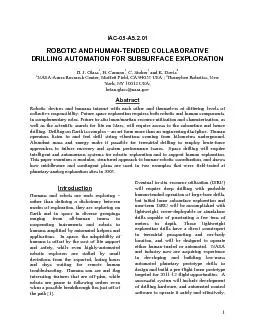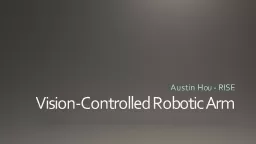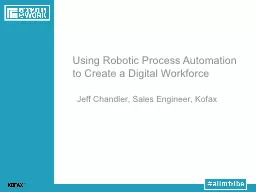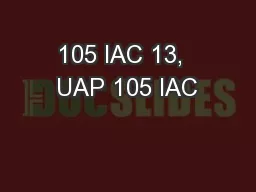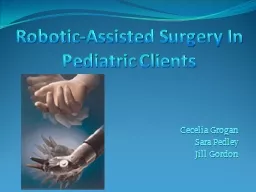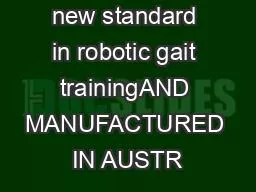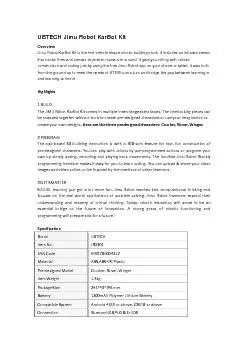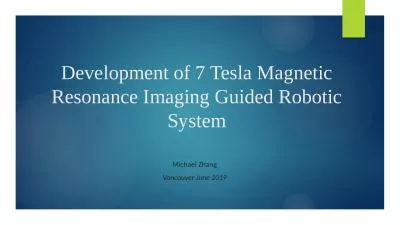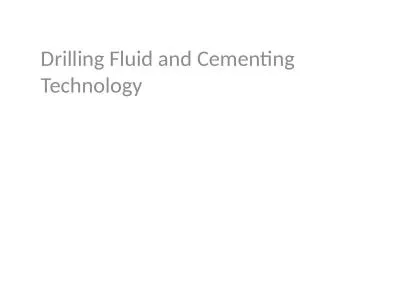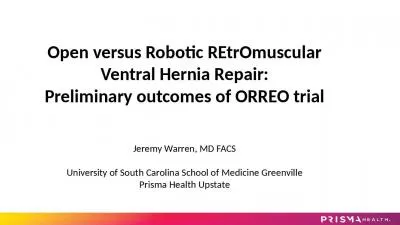PDF-1 IAC-05-A5.2.01 ROBOTIC AND HUMAN-TENDED COLLABORATIVE DRILLING AUTOM
Author : mitsue-stanley | Published Date : 2015-11-13
well as the scientific search for life on Mars will require access to the subsurface and hence drilling Drilling on Earth is complex
Presentation Embed Code
Download Presentation
Download Presentation The PPT/PDF document "1 IAC-05-A5.2.01 ROBOTIC AND HUMAN-TENDE..." is the property of its rightful owner. Permission is granted to download and print the materials on this website for personal, non-commercial use only, and to display it on your personal computer provided you do not modify the materials and that you retain all copyright notices contained in the materials. By downloading content from our website, you accept the terms of this agreement.
1 IAC-05-A5.2.01 ROBOTIC AND HUMAN-TENDED COLLABORATIVE DRILLING AUTOM: Transcript
Download Rules Of Document
"1 IAC-05-A5.2.01 ROBOTIC AND HUMAN-TENDED COLLABORATIVE DRILLING AUTOM"The content belongs to its owner. You may download and print it for personal use, without modification, and keep all copyright notices. By downloading, you agree to these terms.
Related Documents

